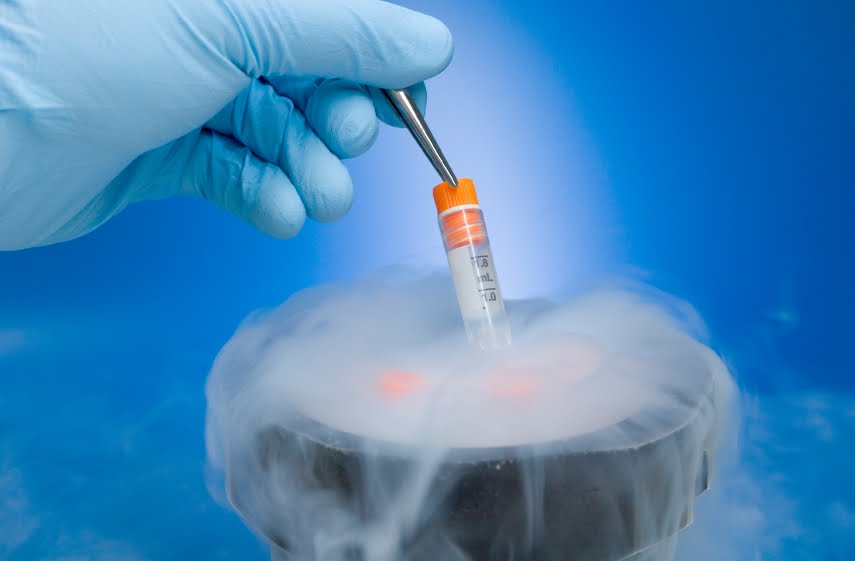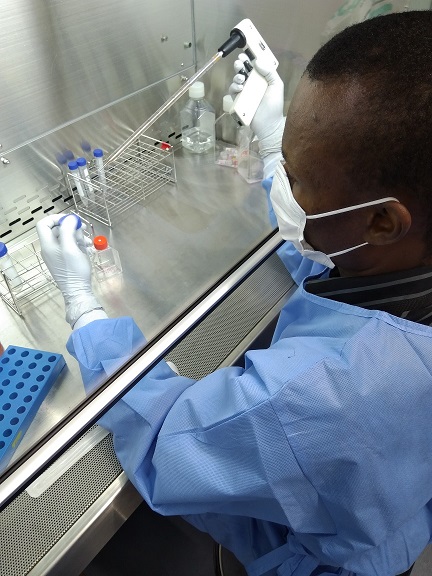Animals including (primates, dogs, cats, rabbits, mice) are still being used to conduct scientific/biomedical research because of some of the following reasons:
- There is still no complete alternative to the use of animals in testing drugs and other chemicals meant for human and animal consumption.
- Scientific experimentation using animals draw grant, and is thus a lucrative business for researchers.
- It helps researchers to evade all potential legal battery that might accrue from the usage of animals for research especially when there is death or disability of the animal.
- Scientific/biomedical experimentations involving the use of animals are more easily published than non-animal experimentation.
- Experimentation involving the use of laboratory animals appears to be more scientific and result-oriented than non-animal experimentation since animal and humans share some similarities in physiology and biochemistry.
- Researcher’s professional status in terms of finance and research grants is usually tied to animal experimentation in some quarters.
- Results from animal research can easily be extrapolated to humans than in vitro research carried out in non-animal hosts.
References
Alberts B, Bray D, Johnson A, Lewis J, Raff M, Roberts K andWalter P (1998). Essential Cell Biology: An Introduction to the Molecular Biology of the Cell. Third edition. Garland Publishing Inc., New York.
Alberts B, Bray D, Lewis J, Raff M, Roberts K and Watson J.D (2002). The molecular Biology of the Cell. Fourth edition. New York, Garland, USA.
Ausubel, F.M., Brent, R., Kingston, R.E., Moore, D.D., Seidman, J.G., Smith, J.A., Struhl, K., eds (2002). Short Protocols in Molecular Biology, 5th edn. John Wiley & Sons, New York.
Caputo J.L (1996). Safety Procedures. In: Freshney, R.I., Freshney, M.G., eds., Culture of Immortalized Cells. New York, Wiley-Liss, Pp. 25-51.
Cooper G.M and Hausman R.E (2004). The cell: A Molecular Approach. Third edition. ASM Press.
Davis J.M (2002). Basic Cell Culture, A Practical Approach. Oxford University Press, Oxford, UK.
Freshney R.I (2005). Culture of Animal Cells, a Manual of Basic Technique, 5th Ed. Hoboken NJ, John Wiley and Sons Publishers.
Health Services Advisory Committee (HSAC) (2003). Safe Working and the Prevention of Infection in Clinical Laboratories. HSE Books: Sudbury
Lodish H, Berk A, Matsudaira P, Kaiser C.A, Kreiger M, Scott M.P, Zipursky S.L and Darnell J (2004). Molecular Cell Biology. Fifth edition. Scientific American Books, Freeman, New York, USA.
Marcovic O and Marcovic N (1998). Cell cross-contamination in cell cultures: the silent and neglected danger. In Vitro Cell Dev Biol. 34:108.
Mather J and Barnes D (1998). Animal cell culture methods, Methods in cell biology. 2rd eds, Academic press, San Diego.
Verma P.S and Agarwal V.K (2011). Cytology: Cell Biology and Molecular Biology. Fourth edition. S. Chand and Company Ltd, Ram Nagar, New Delhi, India.
Discover more from Microbiology Class
Subscribe to get the latest posts sent to your email.





